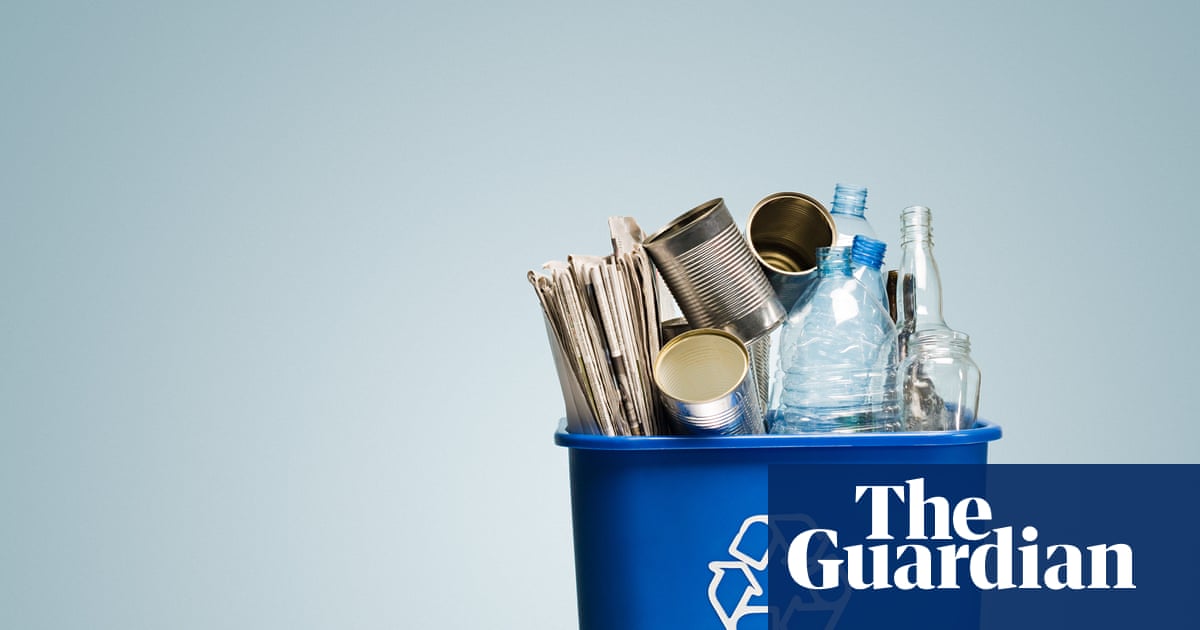[…]the widespread use of the symbol on products that are not routinely accepted for recycling is helping stoke “consumer confusion about what is recyclable and/or compostable” and is leading to “deceptive or misleading” claims on packaging, according to the US Environmental Protection Agency (EPA).
At issue is the use of the logo along with the “resin number” of different types of plastics. Resin one and two plastics, such as bottles and jugs, are the most easily recycled products, but those marked with numbers three to seven, categories that include plastic bags, styrofoam and plastic trays, are typically not recycled and are instead sent to landfills or burned.
The placement of the chasing arrows symbol upon these hard-to-recycle single-use plastics “does not accurately represent recyclability as many plastics (especially 3-7) do not have end markets, and are not financially viable to recycle,” the EPA said in its comments.



Have we, though? I don’t think consumers have made that decision at all. I think companies have made that decision for us, because it’s so damn cheap. I would strongly prefer to buy products in degradable packaging, whenever possible, but that is so rarely an option. Toilet paper as an example. Why does that need to be sold in thin plastic that gets thrown out? Why can’t it be packaged in paper bags? Probably because manufacturers have decided that the fancy color they can print on plastic has an advantage with their advertising.
I digress. It’s not consumers who are thrilled about single-use plastic. We’re not even the ones doing the vast, VAST majority of polluting. It’s companies.
Your argument that companies made the decision for us is valid up until I start thinking about plastic cutlery.
Nobody is forcing anyone to buy plastic forks/spoons for their picnics or potlucks. That’s all a consumer decision based on the convenience of throwing the mess away versus washing dishes.
I don’t disagree with you at all, but I feel the need to point out that our hands aren’t clean either.
Sure, there are some customer decisions around. But most of the time the choice the customers have is between this package of plastic-wrapped toilet paper or the other package of plastic-wrapped toilet paper.
It’s not like there is usually also a package of paper-wrapped toilet paper, no matter how much sense that would make.